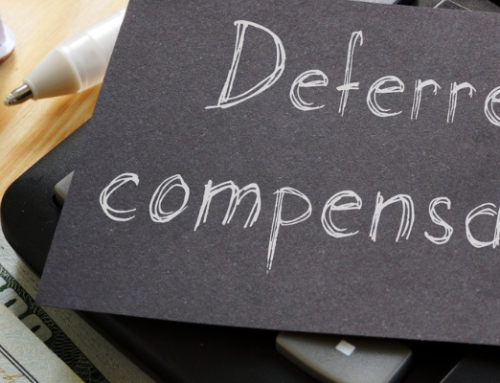State and local governments manage taxpayer dollars, provide vital services, and are expected to do it all with a high level of transparency. These responsibilities come with constant scrutiny and limited resources. Without strong internal controls, even well-run municipalities can find themselves facing risks they didn’t see coming. Taking time to understand how internal controls work can help government teams avoid mistakes, detect problems early, and reinforce accountability.
The Role and Importance of Internal Controls in Government
Internal controls are the policies and procedures that help governments manage financial activity, maintain accurate records, and comply with laws and regulations. For government agencies, they also serve as visible evidence that taxpayer funds are being managed responsibly.
These controls help reduce the chance of fraud, but they also catch everyday errors. With so many transactions flowing in and out, a small mistake can create bigger issues down the line. A clear control structure helps staff flag those problems before they grow.
Why Government Entities Are Vulnerable
Governments often operate with limited staff and tight budgets. Layers of approval may be in place, but without clear roles, those layers can create confusion instead of accountability. When too few people are doing too many jobs, details can get missed.
In smaller municipalities, it’s common for one person to issue payments, enter transactions, and reconcile accounts. That setup inherently raises the risk that errors could go undetected.
These conditions create an environment where fraud can also take root. The Association of Certified Fraud Examiners (ACFE) reports that the average loss to fraud in government organizations is $2.3 million, with a median loss of $150,000.
Corruption appears in 56% of these cases. Asset misappropriation is also widespread and often includes billing schemes or theft of noncash items like equipment or supplies. Many cases involve more than one type of fraud, which is why agencies need internal controls that work across different areas.
Key Internal Controls and Best Practices
More than half of all occupational fraud cases happen when controls are missing or bypassed. Governments that take a proactive approach can reduce exposure and improve efficiency across departments.
Approval Workflows and Authorization Thresholds
Having clear steps for spending decisions limits the chance of unauthorized purchases. Smaller amounts might need one layer of review, while larger items pass through two or three people. This approach encourages oversight and builds in checks without slowing down processes too much.
Segregation of Duties
When different people handle the approval, processing, and review of transactions, mistakes and misuse are easier to catch. Full separation may not be possible in small offices, but part-time checks or monthly reviews by a manager can still help lower risk.
Regular Inventory Checks
Municipalities that manage equipment or supplies benefit from regular inventory checks. Comparing what is actually on hand with internal records can reveal missing items or unusual activity. Small losses can add up quickly, especially if no one is looking.
Routine Audits and Reconciliations
Checking financial records against bank statements or invoices helps spot inconsistencies. Outside auditors also bring a helpful perspective and often identify gaps that internal staff may overlook. Audits are not just for compliance; they help support continuous improvement.
Cybersecurity Measures
These days, digital security is an essential part of internal controls. Most payments, records, and approval systems are handled electronically, which means protecting those systems is no longer just an IT concern. Strong passwords, two-factor authentication, and role-based access can help limit unauthorized activity. Staff training is also important; recognizing phishing scams or suspicious links can stop a problem before it starts. A few simple safeguards can go a long way in protecting both financial data and public trust.
Strengthening Fraud Detection and Response
Even with solid internal controls, problems can happen. Having a plan makes it easier to respond.
- Create safe ways for staff or the public to report concerns. Anonymous tools, like hotlines or feedback forms, can help surface issues before they become serious.
- Use financial software to flag spending patterns or transactions that fall outside the norm. This gives managers a chance to take a closer look early.
- Bring in outside auditors when needed. They can identify weak spots and help improve systems.
- Prepare a basic fraud response plan. It should include how to report concerns, who to notify, how to freeze access, and when to involve law enforcement.
Moving Forward
Internal controls help state and local governments maintain transparency, improve accuracy, and protect public funds. If your organization is reviewing its internal control framework or responding to new risks, contact Betsy Hedrick or Michael Garber, Partners on PBMares’ State and Local Government team.






